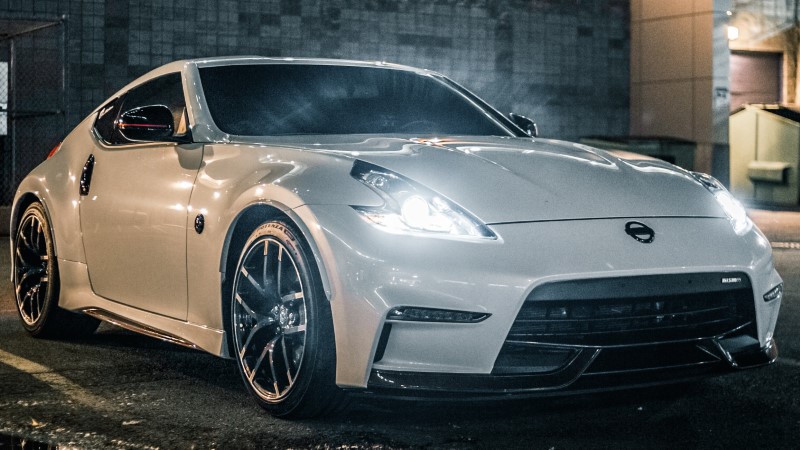Table of Contents
LED bulbs are up to 85% or more efficient than conventional halogen bulbs. This means that they consume less energy from the vehicle. This reduces the load on the alternator, which means a slight increase in fuel efficiency.
But more importantly, even if you accidentally leave the indicator light on, there is a small chance that it will drain the battery.
Increased life expectancy
LED bulbs also use less energy compared to traditional xenon or halogen bulbs. This suggests that they are often long-lasting. At one time, some drivers found that their LED bulbs were prone to overheating.
However, thanks to modern LED technology, many LED bulbs are already highly resistant to burnout and overheating.

LEDs are resistant to rattling, sudden vibrations and shocks that can damage the filament of traditional bulbs and cause them to break. This makes LED bulbs an especially good choice for off-road vehicles.
Better light quality
Compared to conventional halogen bulbs, LED bulbs provide much better light quality. If you put a car with standard bulbs next to a car with LEDs, you will notice that LED bulbs are much whiter and brighter compared to dim halogen bulbs with a yellow tint.
As a result, LEDs better illuminate what’s ahead, which means better visibility at night and ultimately improved safety as you can more effectively spot possible danger early on.
Is it legal to use LED lights?
There are both yes and no answers to this question. In the UK at least, the legislation regarding LED car bulbs is a little more complicated. However, it all boils down to Vehicle Type Approval, which is a set of regulations in Europe that sets safety standards for car parts and vehicles in general.
New cars that have LED bulbs as standard are considered fully road legal and pass the MOT test, as they have already been tested to meet the Vehicle Type Approval standards. On the other hand, replacement LED bulbs used for exterior vehicle lighting are not approved, making them illegal on the roads.
Ironically, this means that if one of the H7 LED bulbs in your car’s taillights or front lights fails, you can’t just replace the bulb. You’ll have to replace the entire taillight or headlight.
